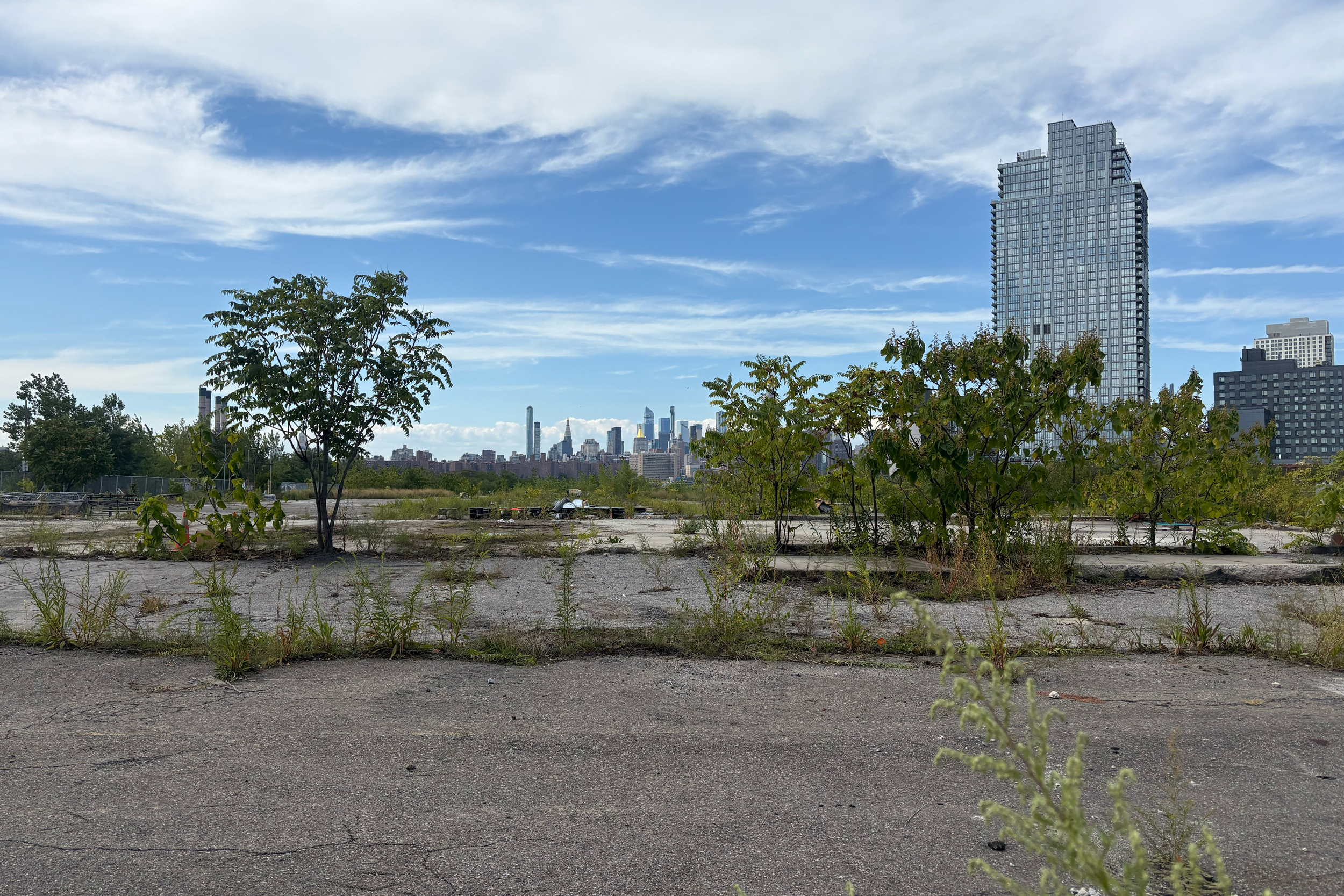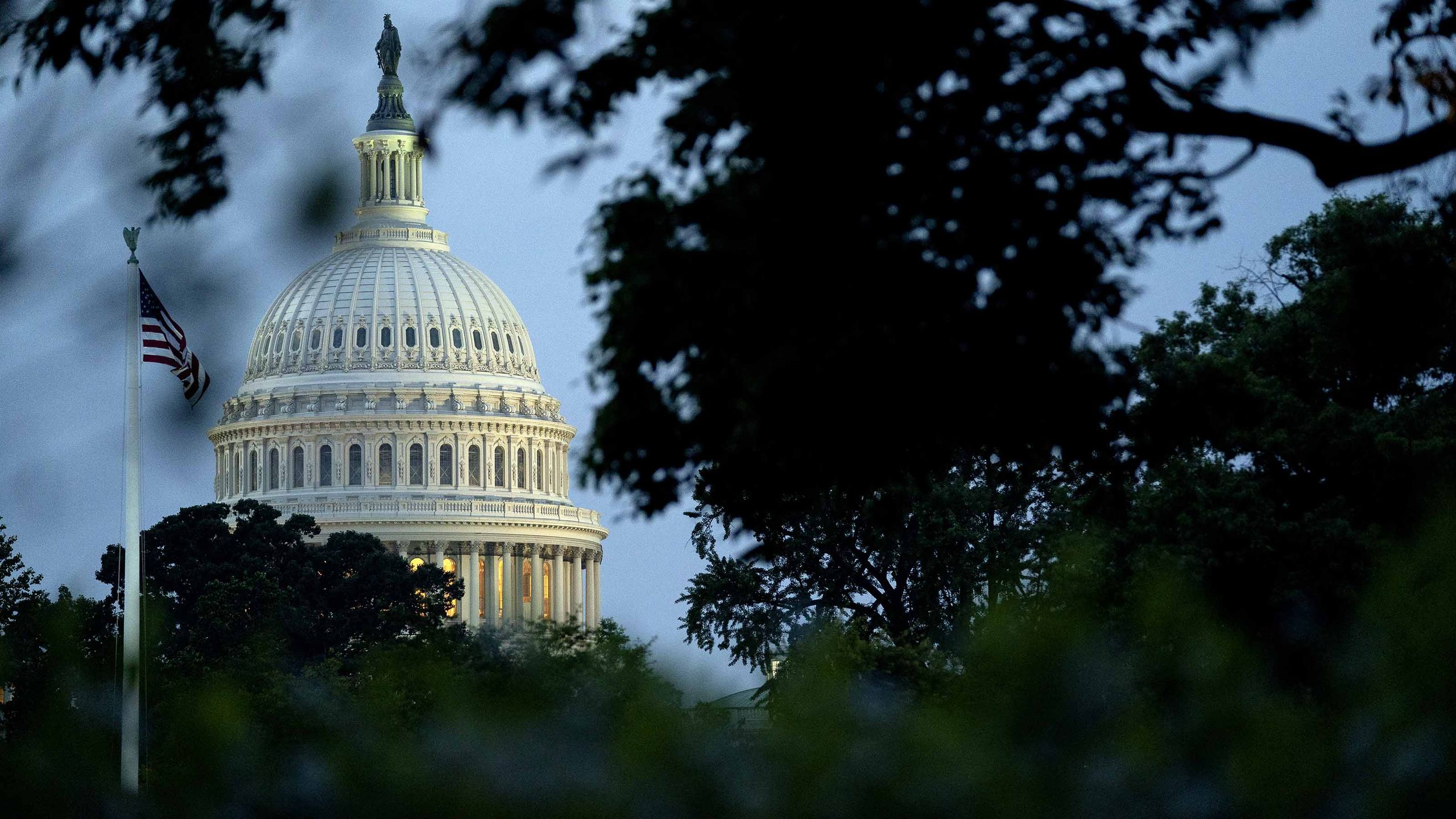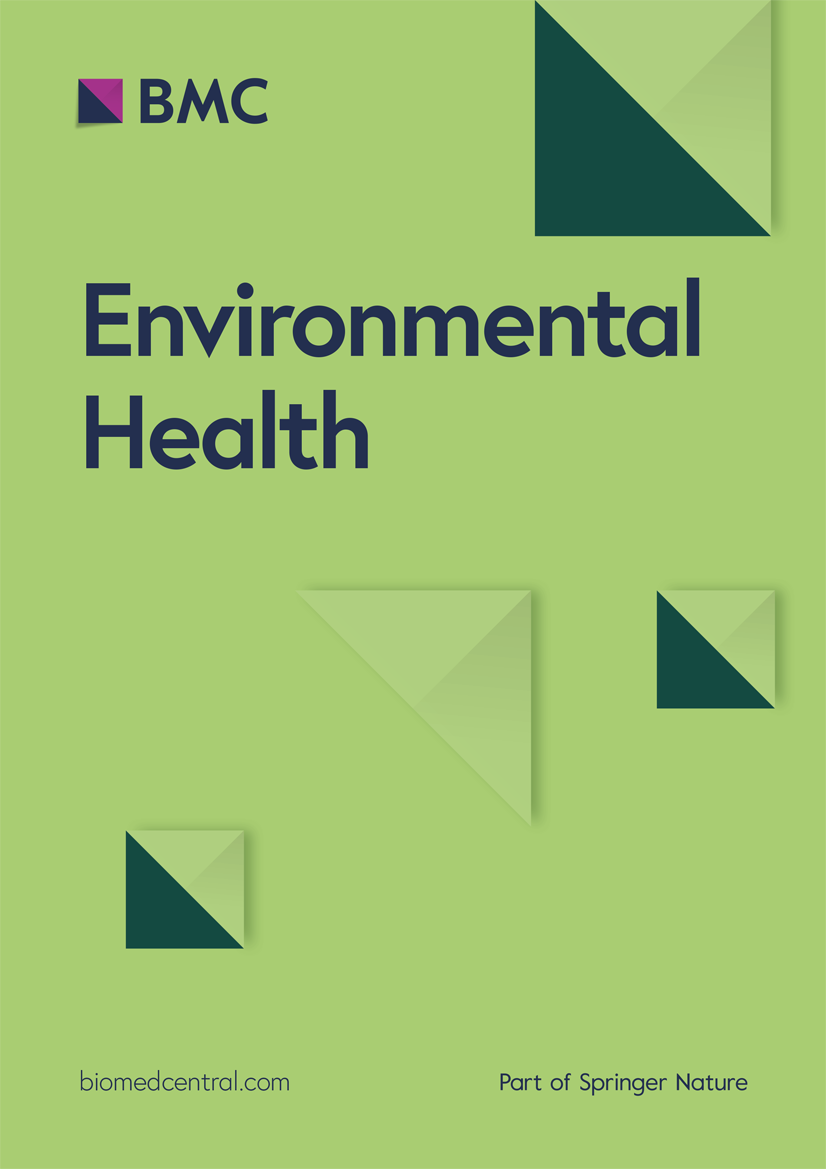Wilmington Advances Sustainable Development Goals Through Natural Heritage Designation
Executive Summary
- Wilmington City Council is reviewing a registry agreement for Halyburton Park, a measure that directly supports several United Nations Sustainable Development Goals (SDGs). The initiative aims to preserve a 51-acre Sandhills property, aligning with global efforts to protect biodiversity and promote sustainable urban environments.
Upholding SDG 15: Life on Land
- The proposed registry is a significant local action toward achieving SDG 15, which focuses on protecting, restoring, and promoting the sustainable use of terrestrial ecosystems.
- Halting Biodiversity Loss: The program’s primary objective is to preserve natural heritage sites significant for their unique biodiversity and natural communities, which is critical for Target 15.5.
- Protecting Threatened Species: The property provides a crucial habitat for rare flora, including Pondspice, lanceleaf seedbox, and the West Indies meadowbeauty, contributing to the prevention of species extinction.
- Sustainable Ecosystem Management: The registry agreement recommends specific land management practices, such as prescribed burning and mitigating foot traffic in sensitive areas, to maintain the ecological integrity of the natural community, in line with Target 15.1.
Enhancing SDG 11: Sustainable Cities and Communities
- This initiative strengthens Wilmington’s commitment to SDG 11 by making the city more inclusive, resilient, and sustainable.
- Safeguarding Natural Heritage: By registering the park, the city formally acts to protect and safeguard its natural heritage (Target 11.4). This would establish the first such registry within Wilmington’s city limits, integrating biodiversity values into local planning.
- Promoting Green Public Spaces: The designation serves as a tool to promote the park to residents and visitors, enhancing access to and appreciation for green spaces (Target 11.7) while ensuring their long-term preservation.
Supporting Additional Global Goals
- The registry program also contributes to other key SDGs through its broader objectives.
- SDG 4 (Quality Education): The program actively promotes scientific research of the park’s ecosystems, creating educational opportunities and raising public awareness about the importance of biodiversity.
- SDG 17 (Partnerships for the Goals): The agreement represents a collaborative partnership between the City of Wilmington and the state’s heritage program to achieve shared conservation objectives.
Future Initiatives for Biodiversity Conservation
- The council is also exploring the expansion of this conservation effort to other significant local sites.
- Consideration is being given to including the Stanley Rehder Carnivorous Plant Garden in the registry.
- This site, notable for its Venus flytraps, would also qualify under the program’s criteria and, pending state approval, would further advance the city’s commitment to SDG 15.
Analysis of Sustainable Development Goals in the Article
1. Identified Sustainable Development Goals (SDGs)
-
SDG 15: Life on Land
- This is the most prominent SDG in the article. The entire focus is on the preservation of a terrestrial ecosystem, Halyburton Park’s Sandhills property. The article highlights the program’s aim to “preserve the unique biodiversity of natural heritage sites,” which directly aligns with protecting life on land. The mention of “rare species and natural communities” further solidifies this connection.
-
SDG 11: Sustainable Cities and Communities
- The article discusses an action taken within “Wilmington’s city limits” by the “City Council.” The effort to preserve Halyburton Park as “open space” and a “natural heritage site” for “residents and visitors” directly relates to making cities more sustainable by protecting natural assets and providing access to green public spaces.
-
SDG 4: Quality Education
- A stated goal of the state’s heritage registry program, as presented in the article, is to “promote scientific research of their ecosystems.” This connects to SDG 4 by creating opportunities for learning and knowledge acquisition about biodiversity and ecology, contributing to education for sustainable development.
2. Specific SDG Targets
-
Target 15.5: Take urgent and significant action to reduce the degradation of natural habitats, halt the loss of biodiversity and, by 2020, protect and prevent the extinction of threatened species.
- The article directly addresses this target by focusing on a site that is “significant due to the presence of rare species.” It explicitly names these species, including “the Pondspice, the lanceleaf seedbox, and the West Indies meadowbeauty,” as well as the “Venus flytraps.” The registry agreement is a significant action to protect these species and their habitat.
-
Target 15.1: By 2020, ensure the conservation, restoration and sustainable use of terrestrial and inland freshwater ecosystems and their services…
- The city’s action to enter the 51-acre Sandhills property into the heritage registry is a clear act of ensuring the conservation of a specific terrestrial ecosystem. The article notes the registry “recommends that the site be maintained through prescribed burning and by mitigating foot traffic,” which are measures for its sustainable use and conservation.
-
Target 11.4: Strengthen efforts to protect and safeguard the world’s cultural and natural heritage.
- The program is explicitly called the state’s “heritage registry program,” and the location is referred to as a “natural heritage site.” The City Council’s decision to join this program is a direct effort to protect and safeguard this local natural heritage.
-
Target 11.7: By 2030, provide universal access to safe, inclusive and accessible, green and public spaces…
- The article states that the program affirms the “City Council’s intentions to continue to preserve the open space at Halyburton Park” and use it to “promote the park to residents and visitors.” This aligns with the goal of maintaining and providing access to green public spaces within a city.
-
Target 4.7: By 2030, ensure that all learners acquire the knowledge and skills needed to promote sustainable development…
- The stated aim to “promote scientific research of their ecosystems” directly supports this target by facilitating the acquisition of knowledge related to biodiversity and sustainable development.
3. Mentioned or Implied Indicators
-
Area of protected land
- The article explicitly states the size of the property being protected is “approximately 51 acres.” This is a quantifiable indicator that measures the land area brought under a conservation agreement, relevant to tracking progress on targets 15.1 and 11.7.
-
Number and status of protected species
- The article lists several “rare plants” that the site hosts: “the Pondspice, the lanceleaf seedbox, and the West Indies meadowbeauty,” plus the “Venus flytraps.” The identification and official protection of these specific species serve as a direct indicator of actions taken to halt biodiversity loss, as per Target 15.5.
-
Implementation of conservation policies and plans
- The “registry agreement” itself is an indicator of a policy being implemented. Furthermore, the specific management recommendations mentioned, such as using “prescribed burning and by mitigating foot traffic in more sensitive areas,” are tangible indicators of an active conservation plan being put into place.
Summary Table of SDGs, Targets, and Indicators
| SDGs | Targets | Indicators Identified in the Article |
|---|---|---|
| SDG 15: Life on Land | 15.5: Protect threatened species and halt biodiversity loss. | The protection of specific rare plants: Pondspice, lanceleaf seedbox, West Indies meadowbeauty, and Venus flytraps. |
| SDG 15: Life on Land | 15.1: Ensure the conservation of terrestrial ecosystems. | The conservation of a “approximately 51 acres” property through a state heritage registry agreement and specific maintenance plans (prescribed burning). |
| SDG 11: Sustainable Cities and Communities | 11.4: Protect and safeguard natural heritage. | Official designation of the park as a “natural heritage site” within Wilmington’s city limits. |
| SDG 11: Sustainable Cities and Communities | 11.7: Provide universal access to green and public spaces. | The preservation of “open space at Halyburton Park” for “residents and visitors.” |
| SDG 4: Quality Education | 4.7: Ensure learners acquire knowledge for sustainable development. | The stated program goal to “promote scientific research of their ecosystems.” |
Source: whqr.org






